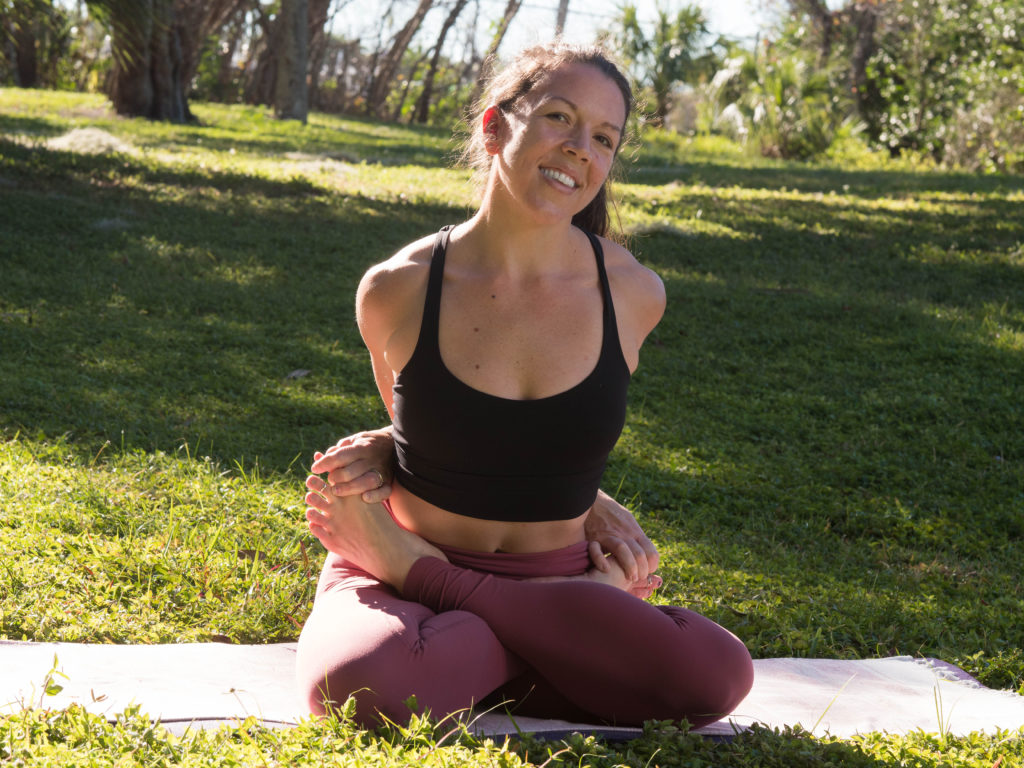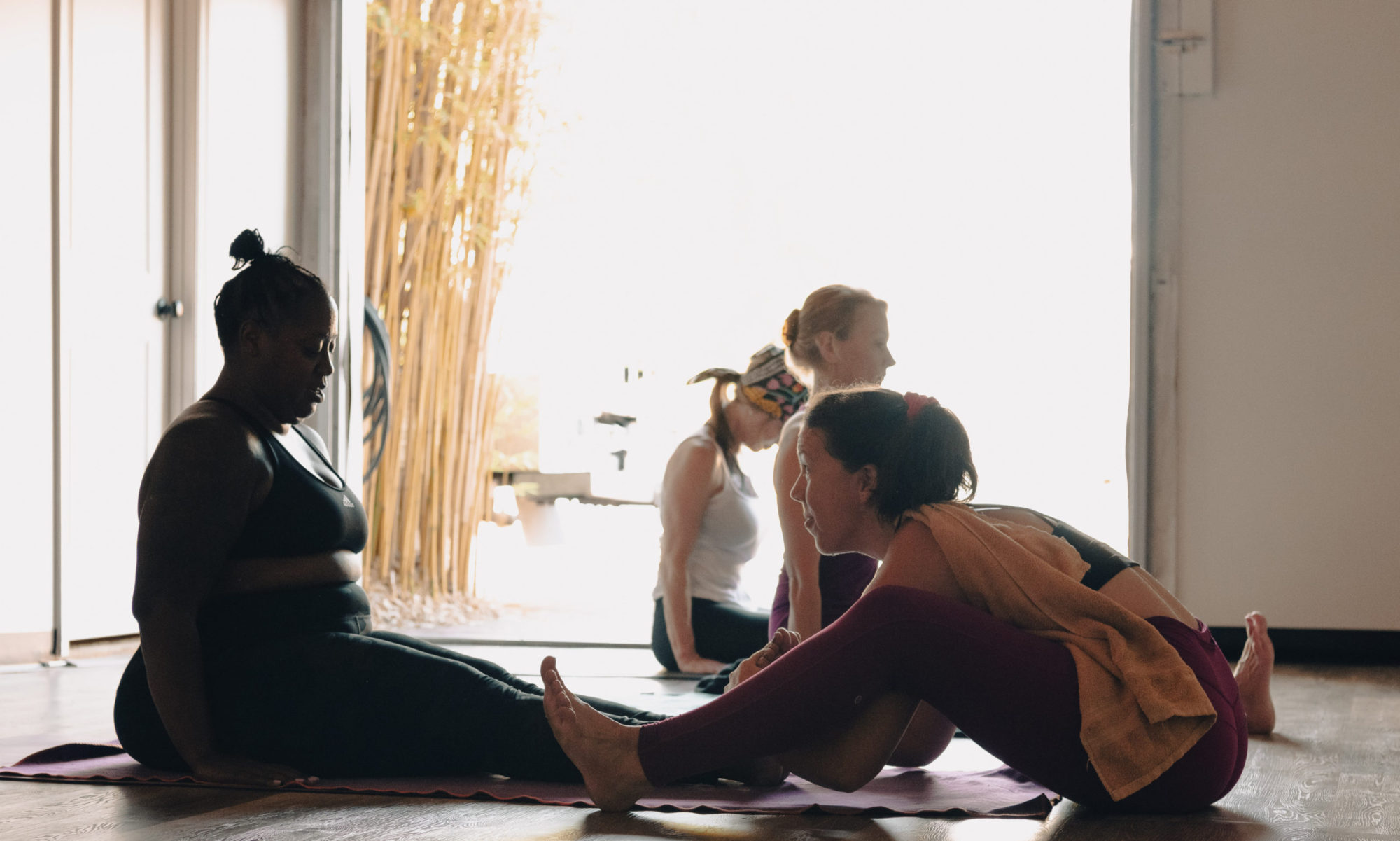The fourth Yama, brahmacarya, calls the yogi to take on a practice of total control of ones sexual engagements. In other words, the aspirant is being called to practice celibacy. This can seem like a heavy topic for most yogis as it enters into our private life and a deeper and more intimate way than the previous Yamas. Before brushing this Yama off as one that ‘isn’t for me,’ it’s important we first understand the definition of this Yama as it relates to Patañjali and the social circumstances of his time and caste. Then, we’ll delve into the subtler layers of this practice.
At the time the yoga sūtras were codified (somewhere around 400-500 of the Common Era) Patañjali was organizing these teachings as they were taught to male brahmanical aesthetics. Patañjali literally wrote these vows for male priests whom had renounced society and the householder lifestyle. Understanding the setting in which these sūtras were written, it’s a little easier to understand the strict call for celibacy from the aspirant. Patañjali called for the restraint of sexual behavior, as a means for the aspirant to not be ruled by their emotional, physical and mental impulsive responses. The original layer of commentary goes on to explain there are certain circumstances and at certain times when sexual behavior could be accepted and not seen as a hinderance along the yogi’s spiritual path. It’s possible to understand this practice of celibacy as much more than simply refraining from sex. This is a practice which is a means to allow students to increase their own life force and gain insight into life’s deepest truths.
By being conscious and mindfully intentional about our most intimate interactions, the yogi is able to gain knowledge about preexisting patterns of thoughts, emotional responses and impulsive reactions. Additionally, conscious attention to these precious and intimate connections, will develop the capacity for the aspirant to nurture and grow their reserve of sacred, vital energy.
Why is it important to nurture and reserve your sacred energy?
As you explore, meditate and journal on this Yama, try to witness your own inner dialogue about the subject matter. Are there layers of this practice which seem impossible? Layers which seem appealing? How do you connect to your sacred vital energy?
If you’re curious, Pattabhi Jois provides the following advice in The Yoga Mala for committed couples to honor brahmacarya while still maintaining their intimate connections.
- The best time for sexual intercourse is between sunset and sunrise. Sex during the day can weaken the life-force.
- Only those in committed relationships should engage in sex. Sexual thoughts of someone other than your partner should be avoided as well.
- The most appropriate time for intercourse is between days four and sixteen of a woman’s cycle.
- It is not recommended to have sex on the days of the new and full moon. Energy should be reserved on these days.
- All sexual activity should be a balance of righteousness, fairness, prosperity, purpose, and physical and/or motional pleasure and/or desire.
- We should always think of the higher self while engaging in intercourse. This will ultimately lead to brahmacarya and increase our life-force and connection with the Divine.
Currently, we’re exploring each of these Yamas (mahāvrata) as well as the Niyamas and trying to understand how we can start to integrate the lessons of these guidelines in our posture practice and our daily lives. Share how you’re experiencing and practicing truthfulness today and everyday with our Ashtanga community and read what others are learning by following #yogafoundationschallenge on IG.
Through the lens of our practice, we can start to view our patterns and reactions as a means to known them and adapt/change them as needed. I encourage you to practice with extra care over the next few weeks and journal about your experience on and off the mat. This will give you an additional tool to process the ideas and concepts we’ll explore throughout the challenge.
Tag @bellapranayoga in each entry along with #yogafoundationschallenge and #bellapranaashtanga to be entered in a drawing to win:
- Mysore Practice Rug
- Yogi Assignment by Kino MacGregor
- 4 oz bottle of Mahanarayan Oil
- PLUS 10% off workshops with Ajay Tokas in July 2020
See the daily schedule below and follow the tag #yogafoundationschallenge on Instagram to hear experiences from our community as well as share your own. Now, you take practice 🙂
- Friday, January 31 – Aparigraha – non-grasping, feeling the difference between holding and grasping
- Saturday, February 1 – Śauca – cleanliness and why it’s so important on our spiritual journey
- Sunday, February 2 – Saṃtoṣa – contentment, feeling joy everywhere
- Monday, February 3 – Tapas – self-discipline as a path toward freedom
- Tuesday, February 4 – Svādhyāya- self-study, repetition of mantras and calming the mind
- Wednesday, February 5 – Īśvara Praṇidhāna – connection to the unknown

